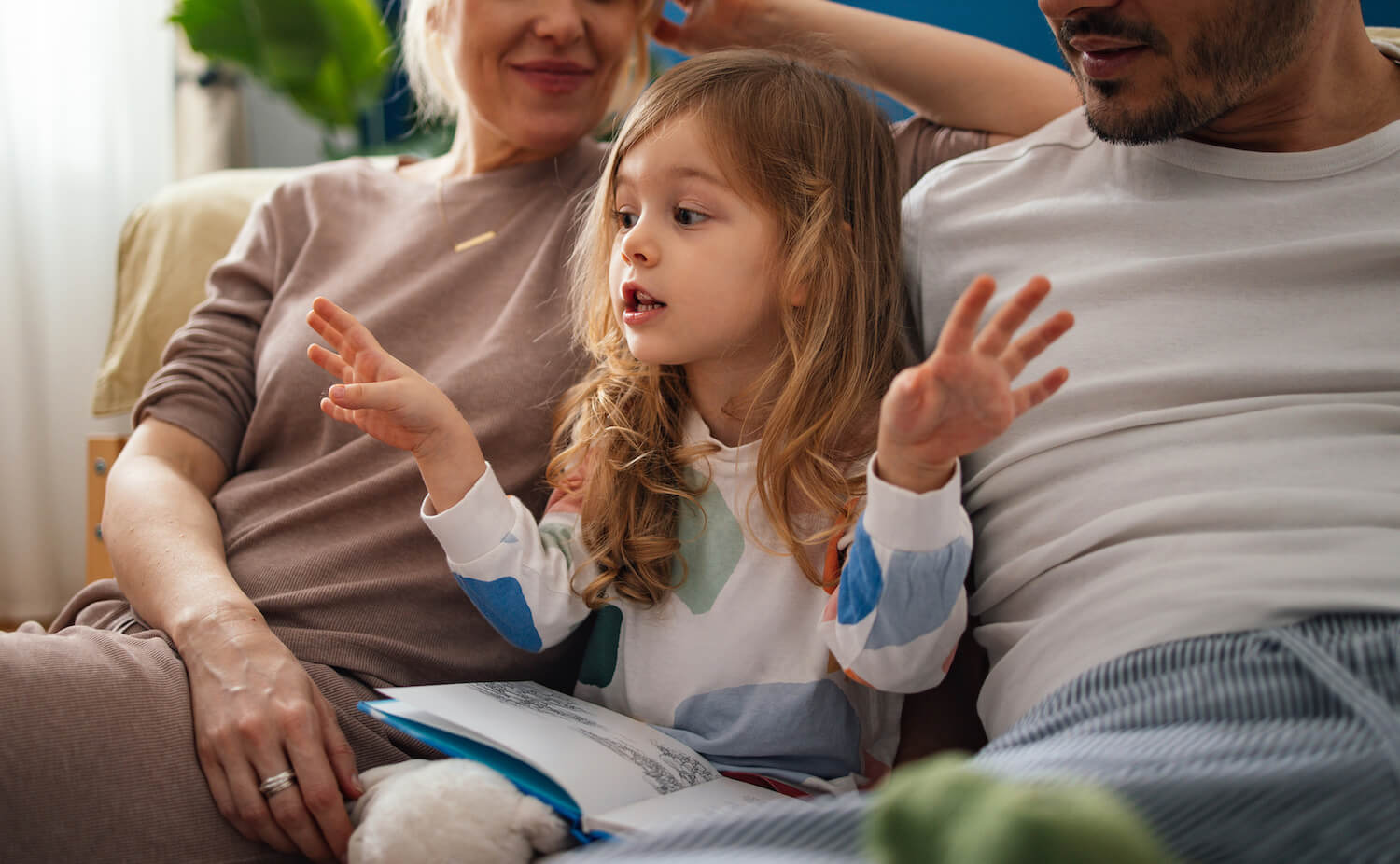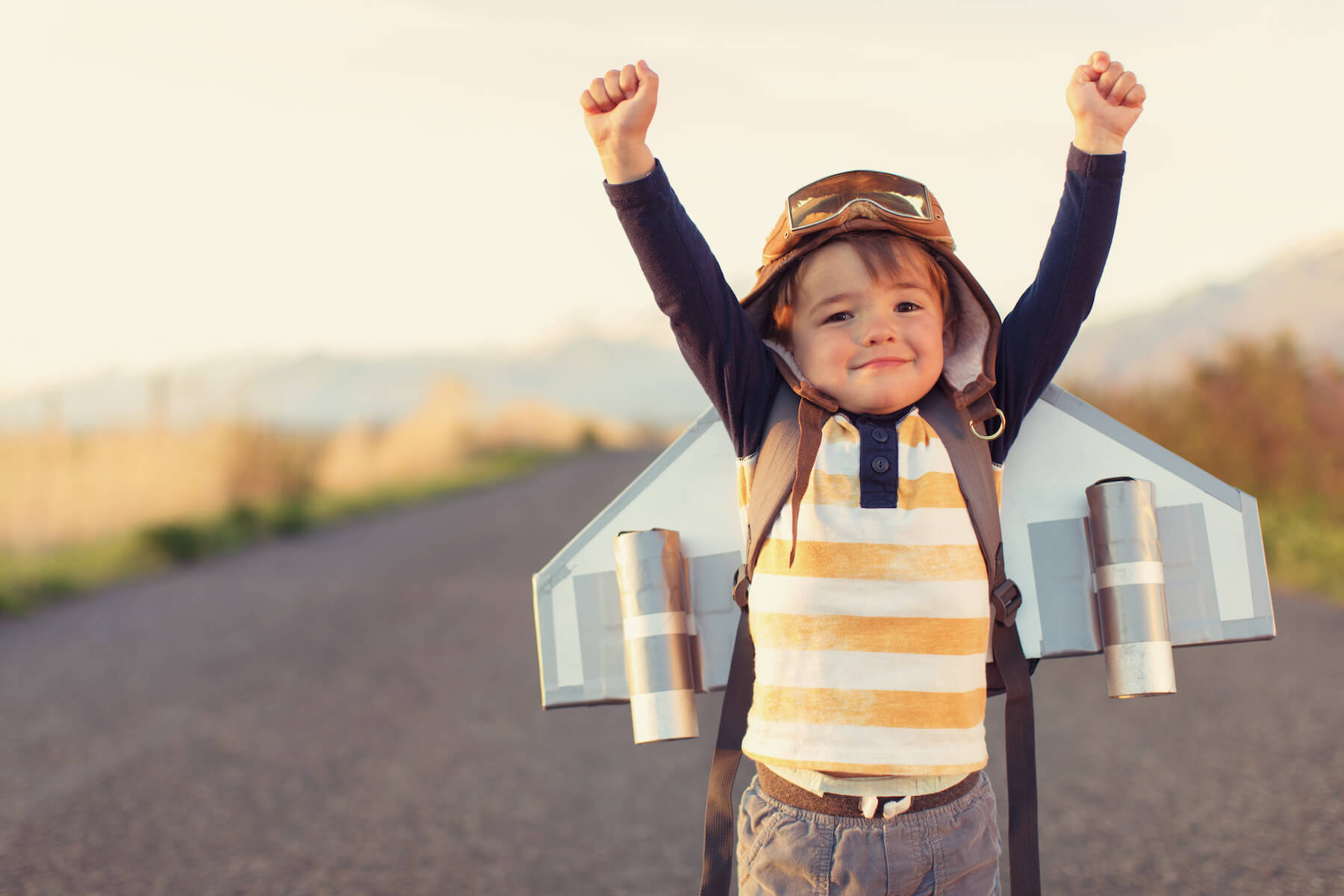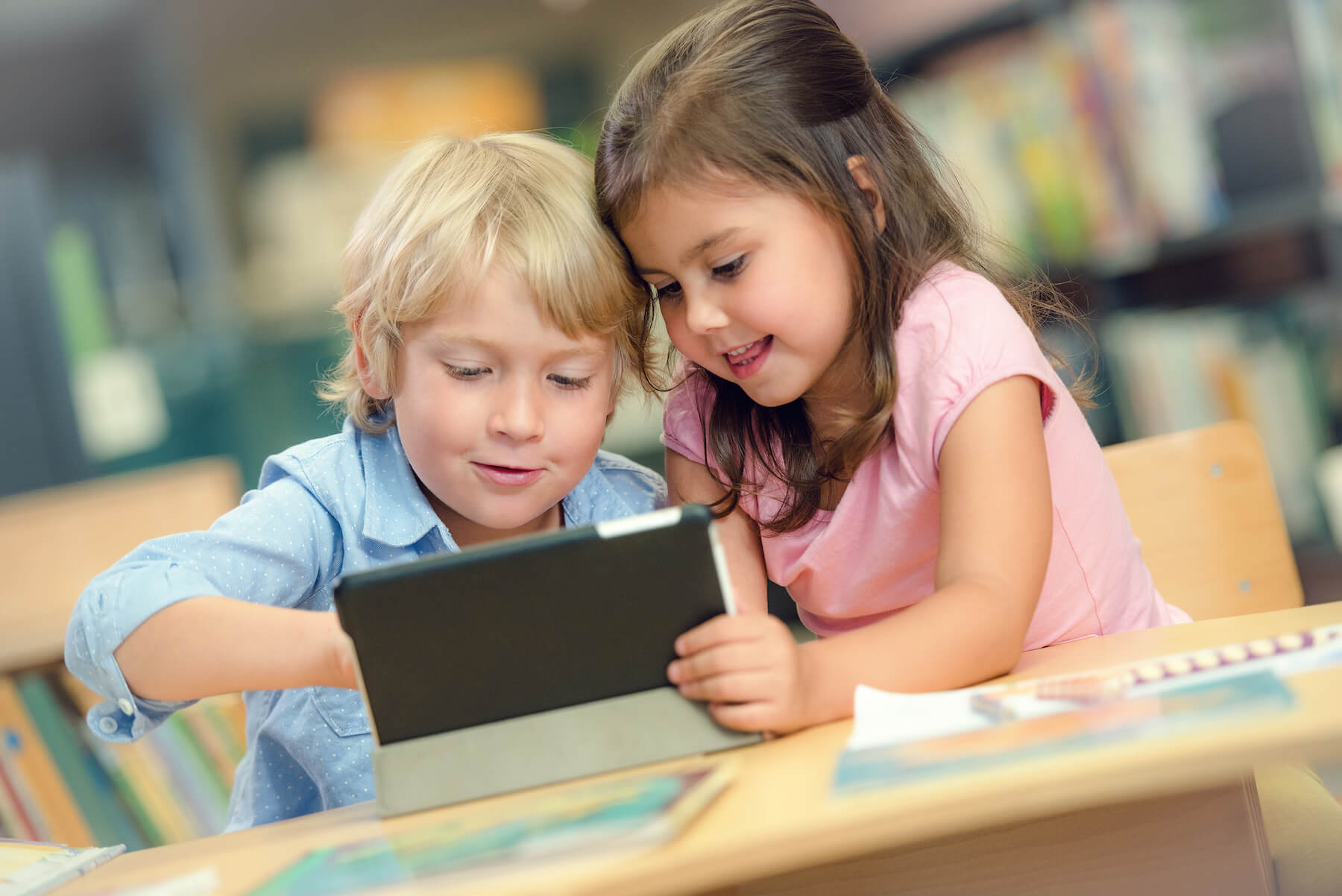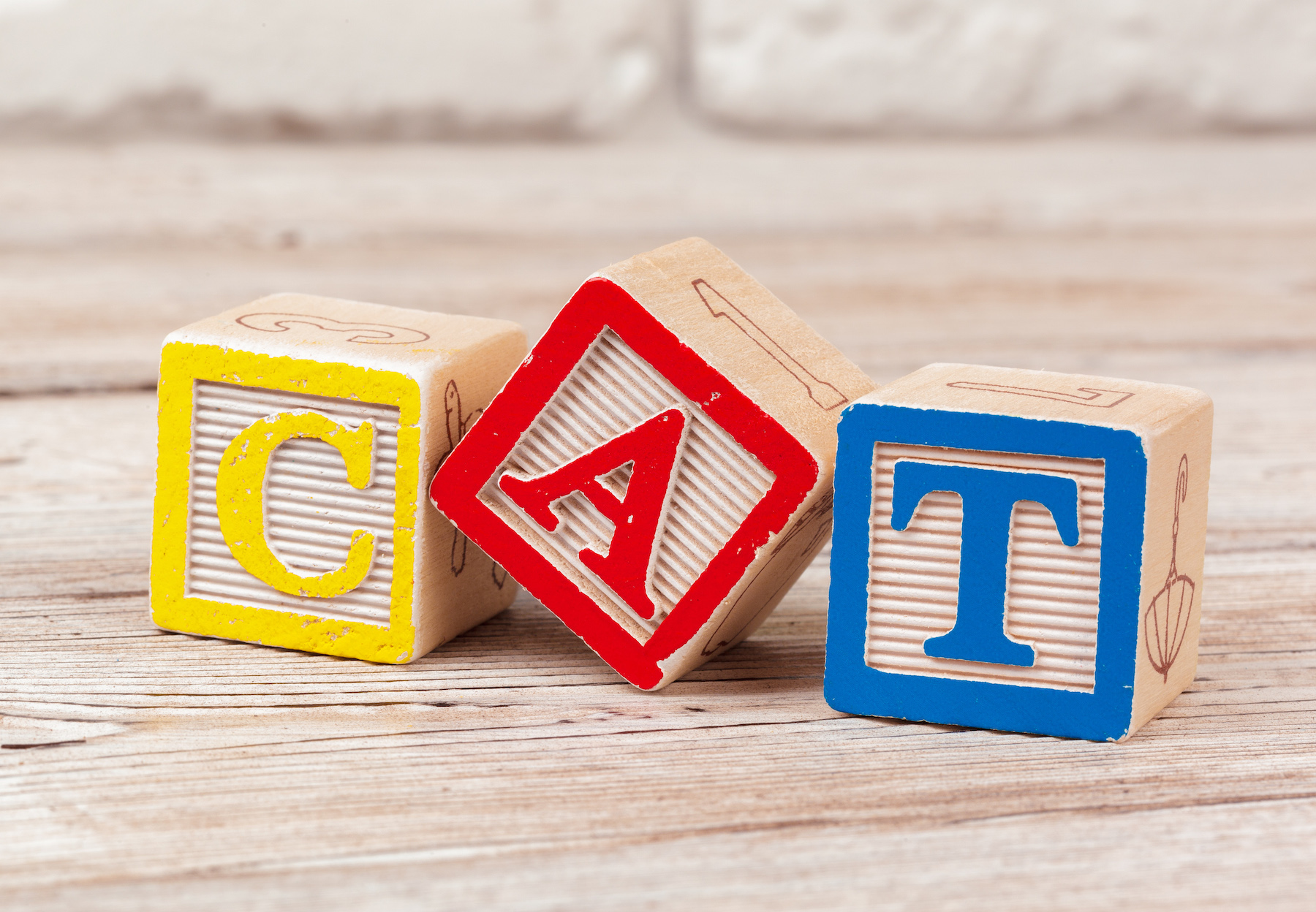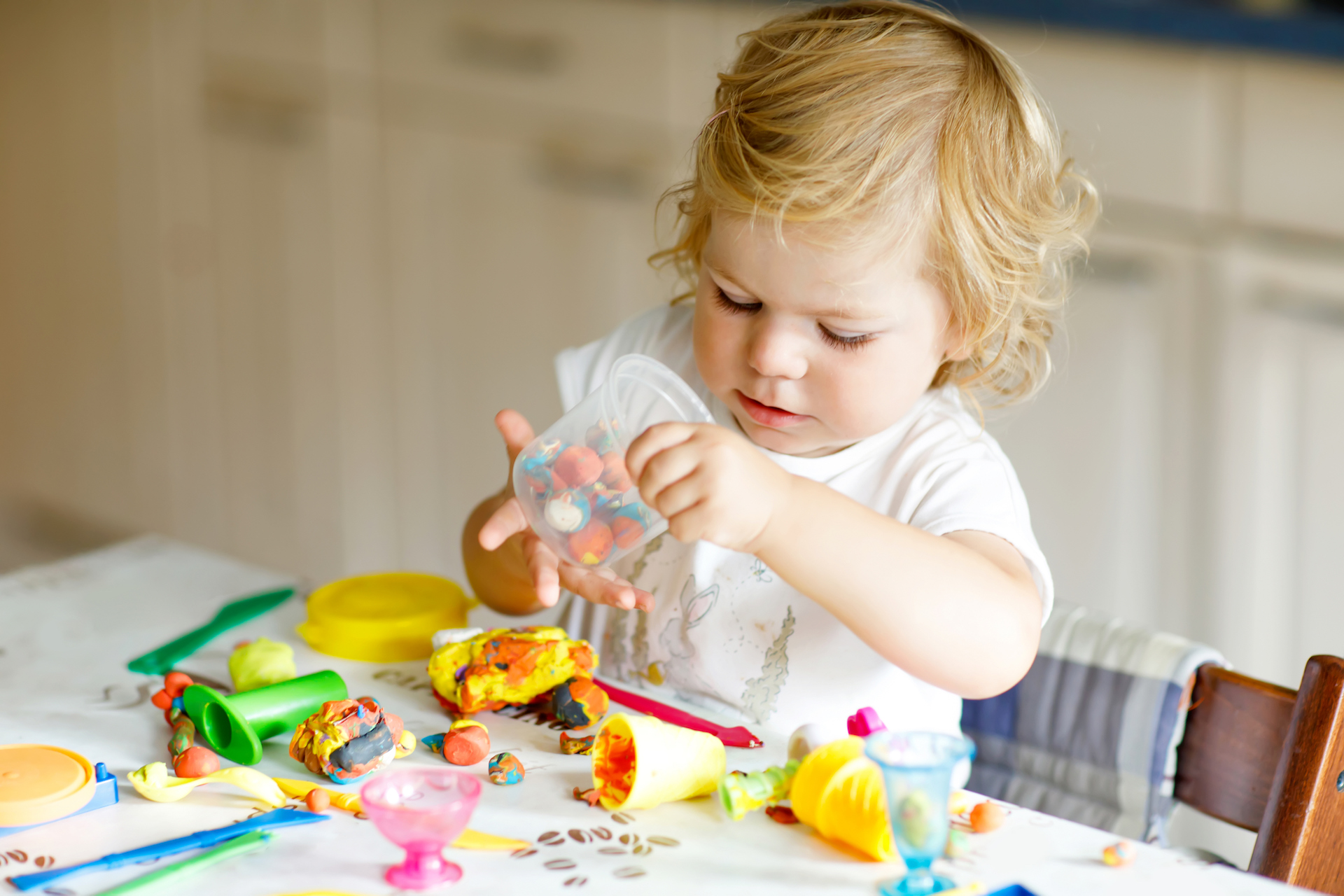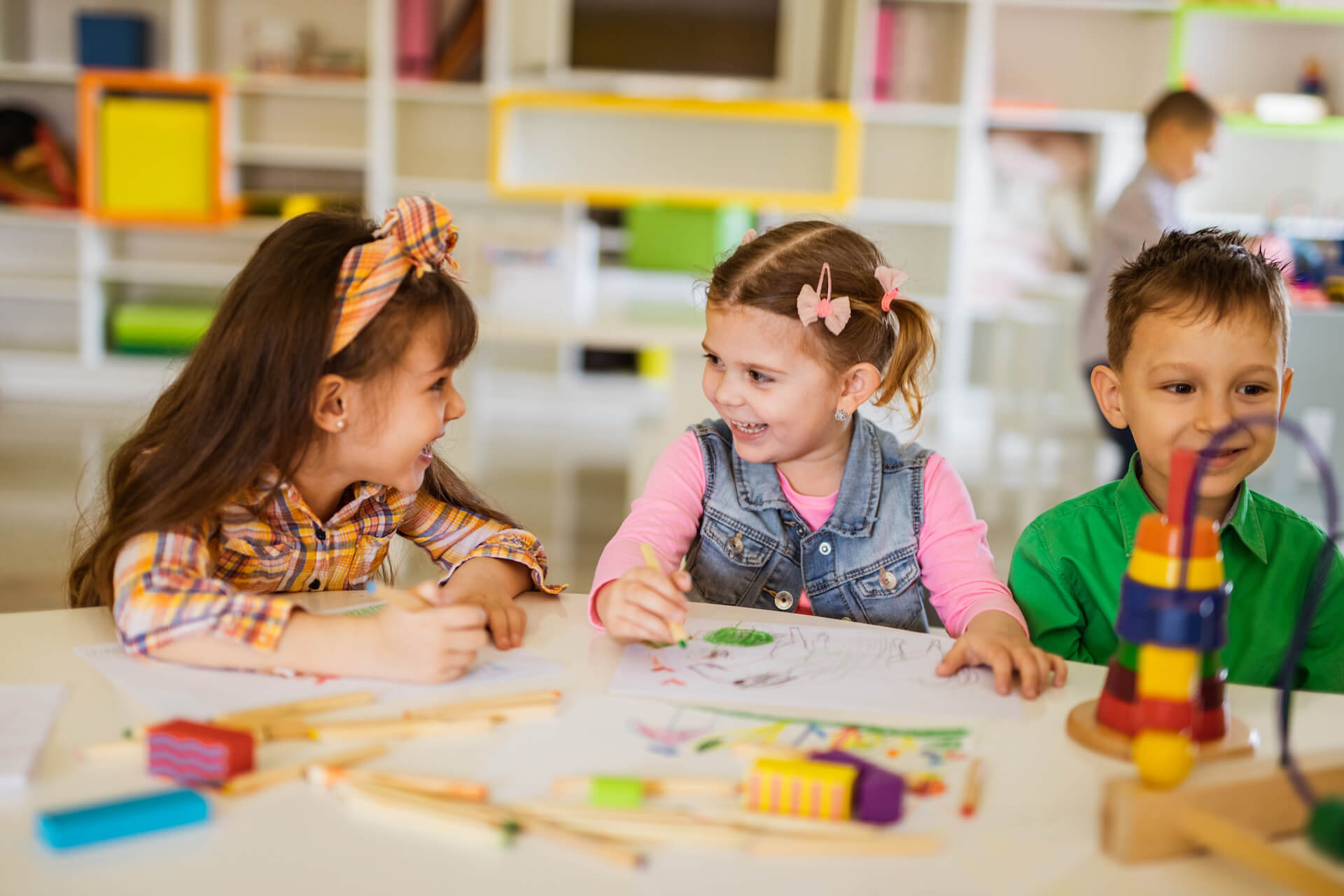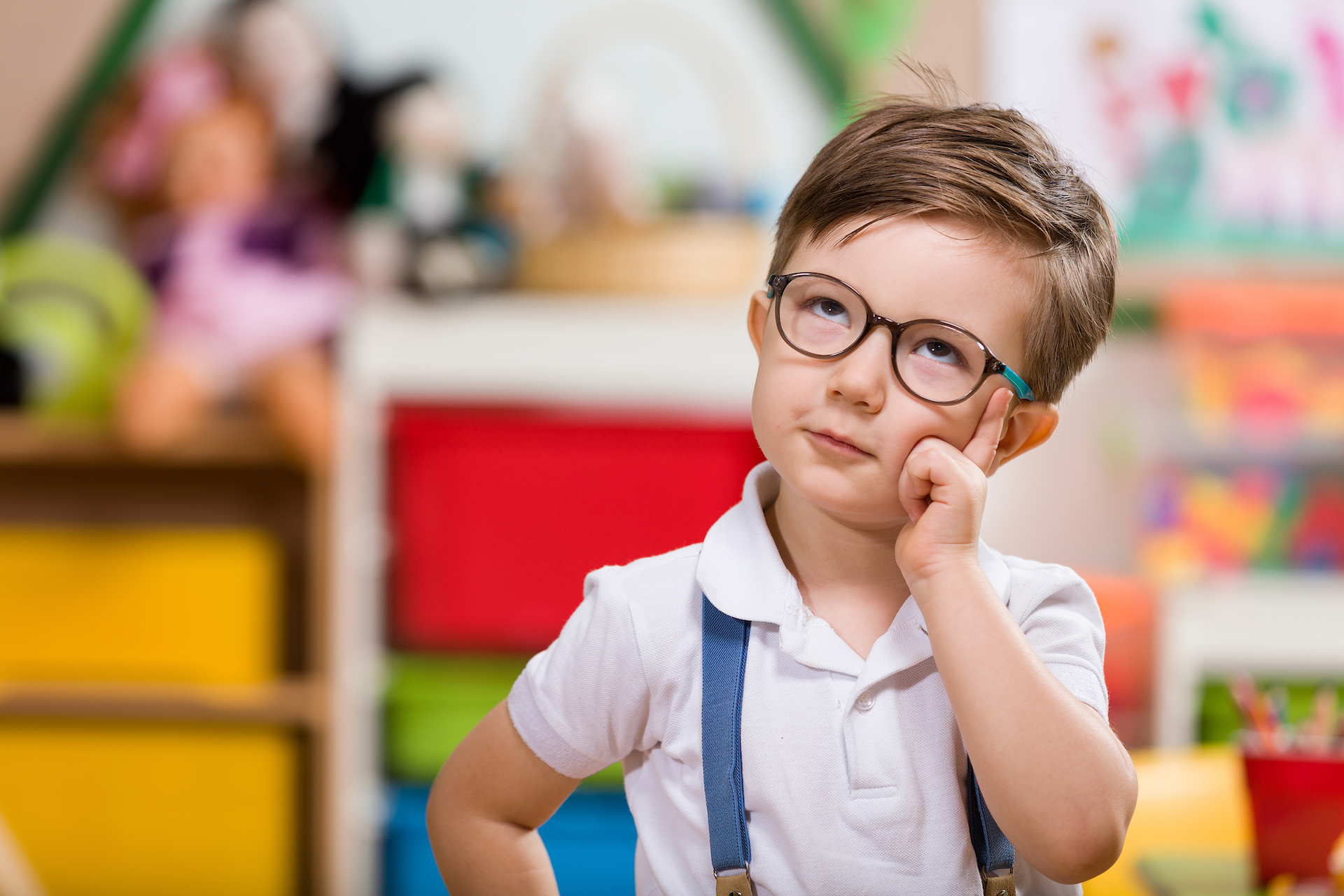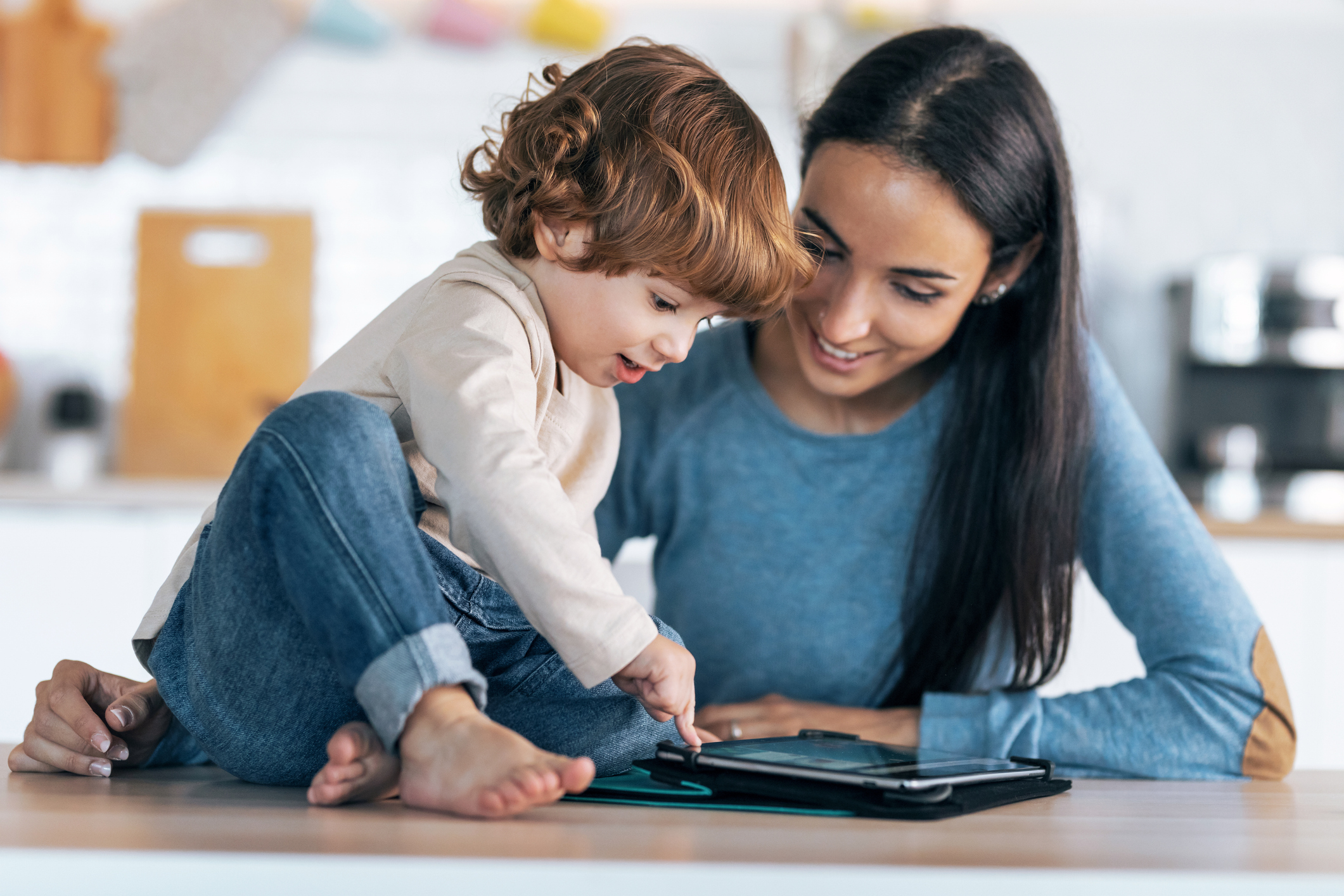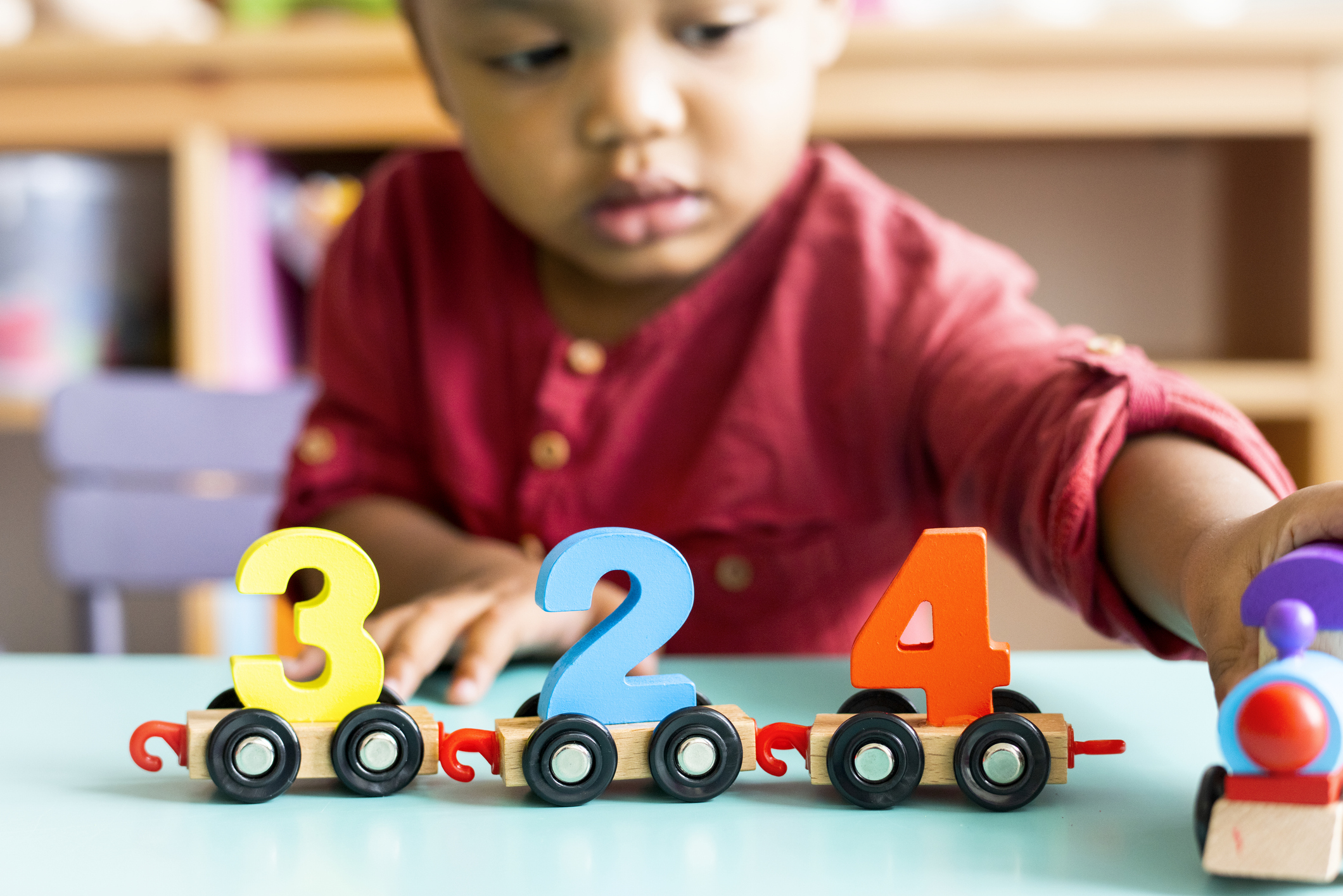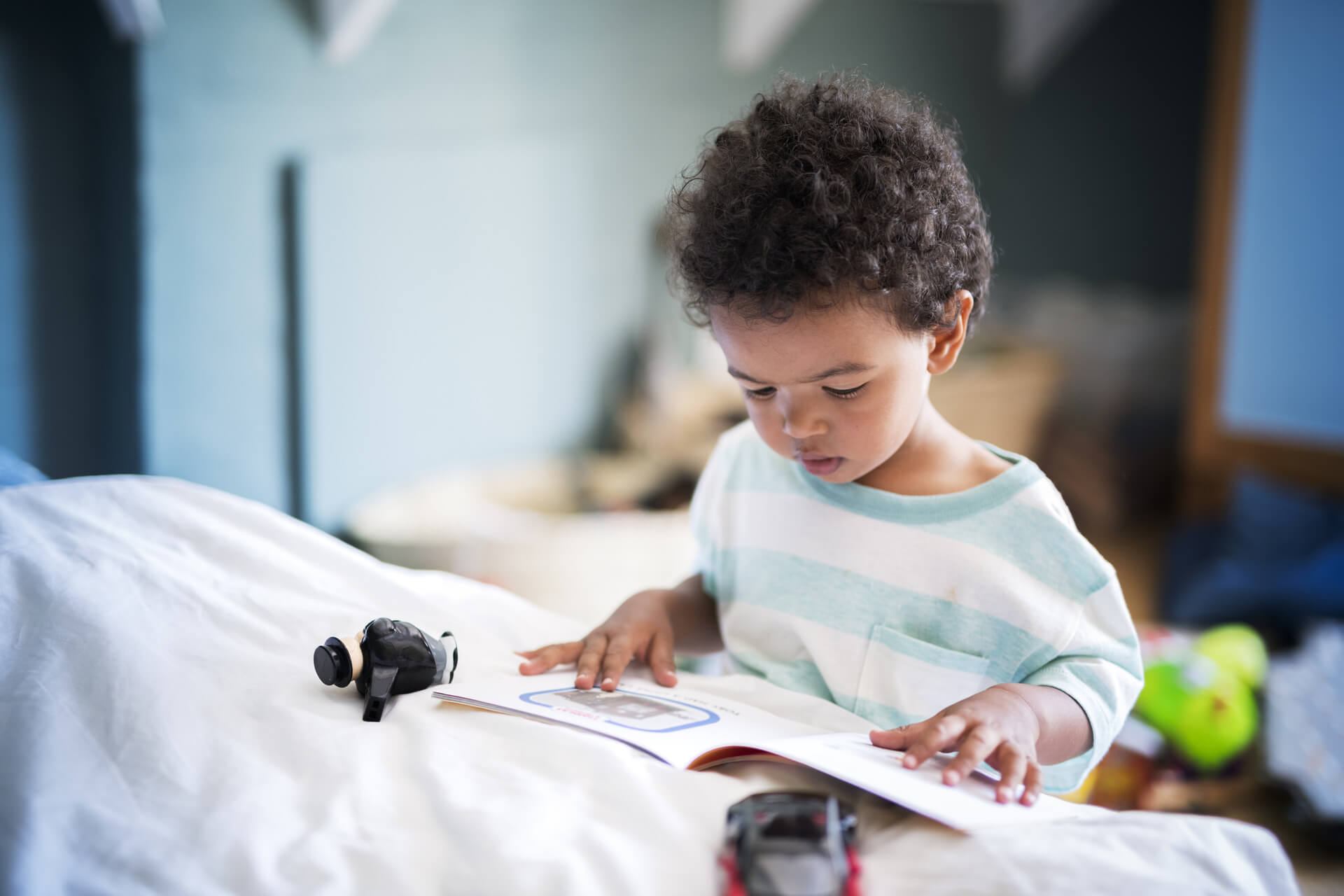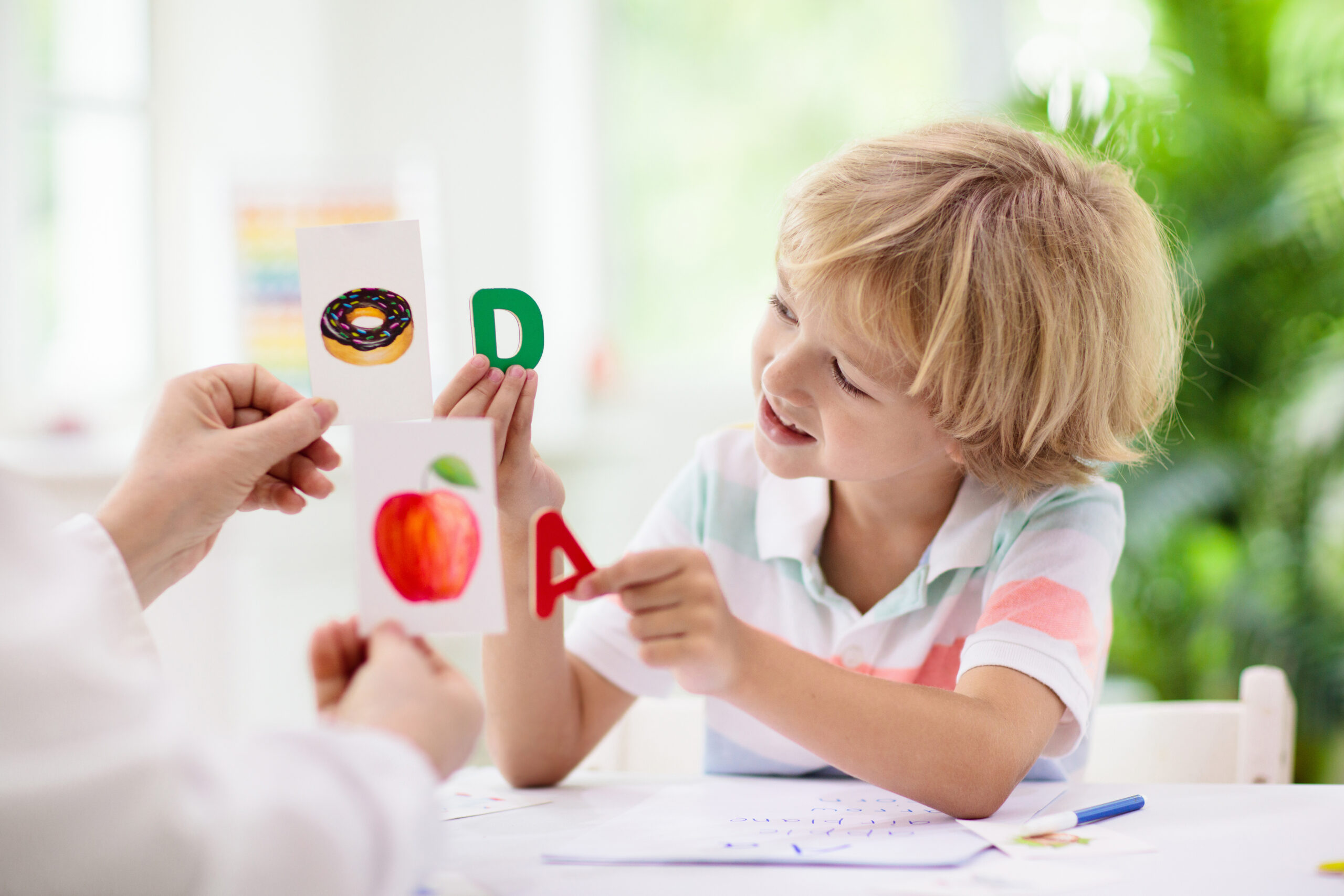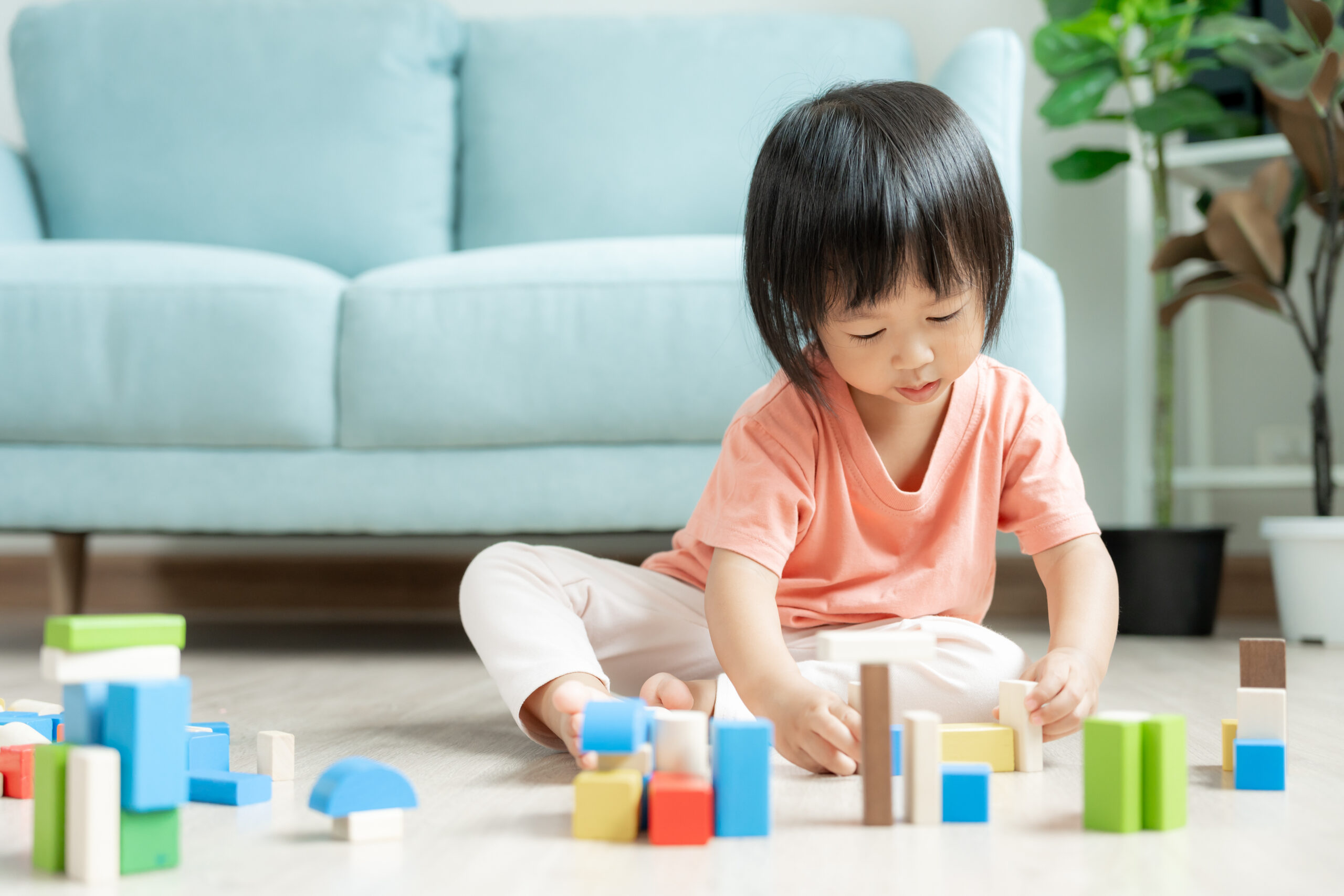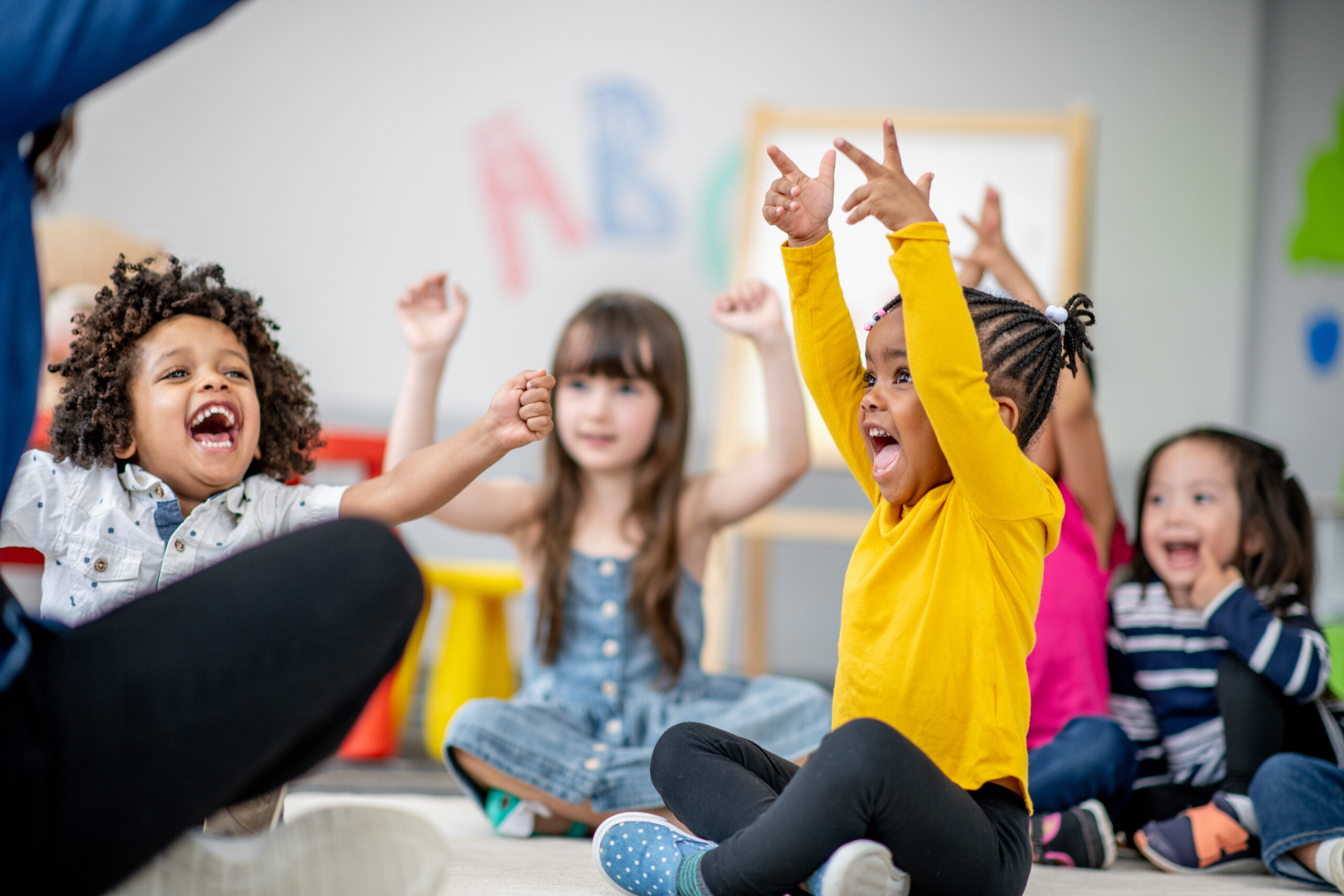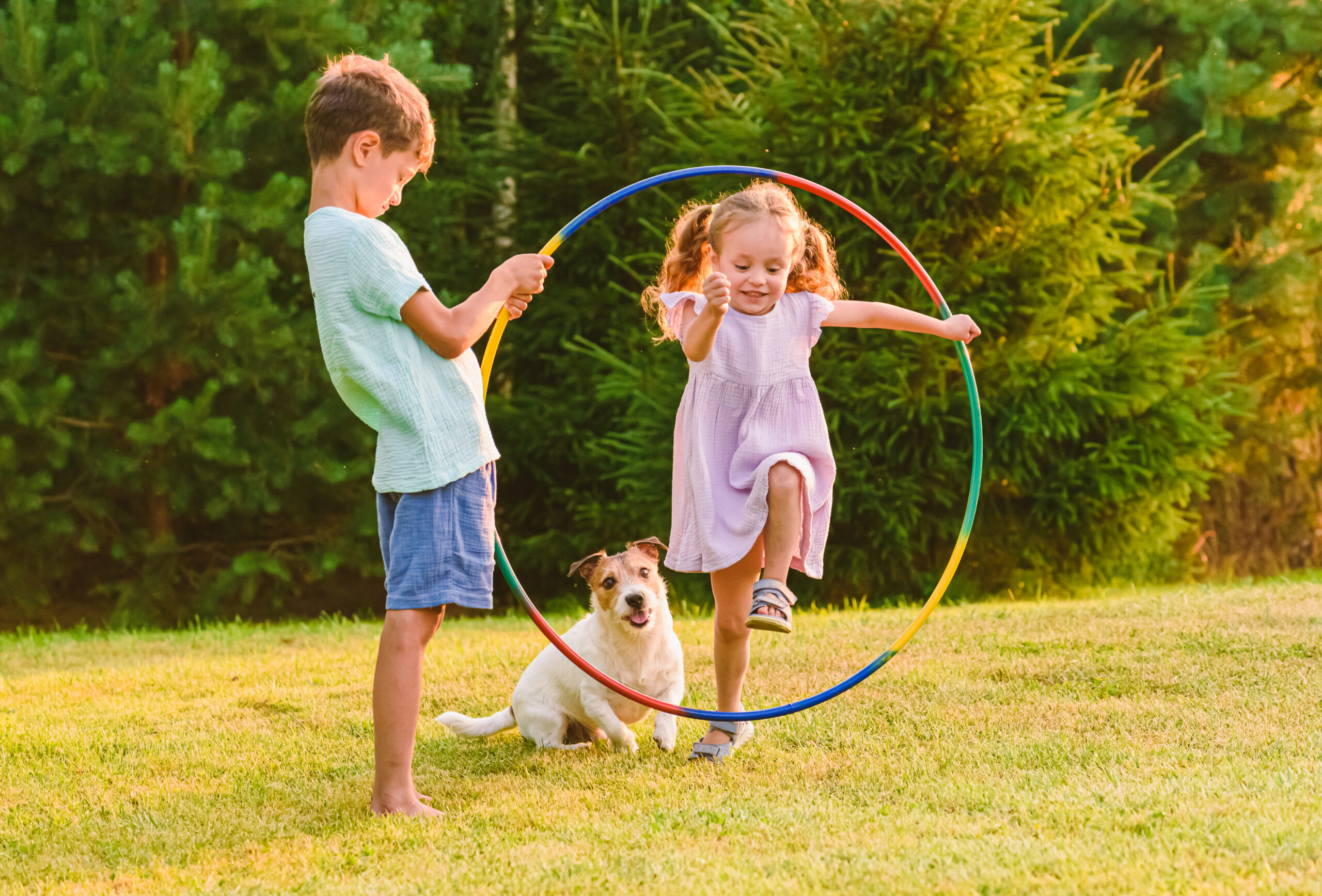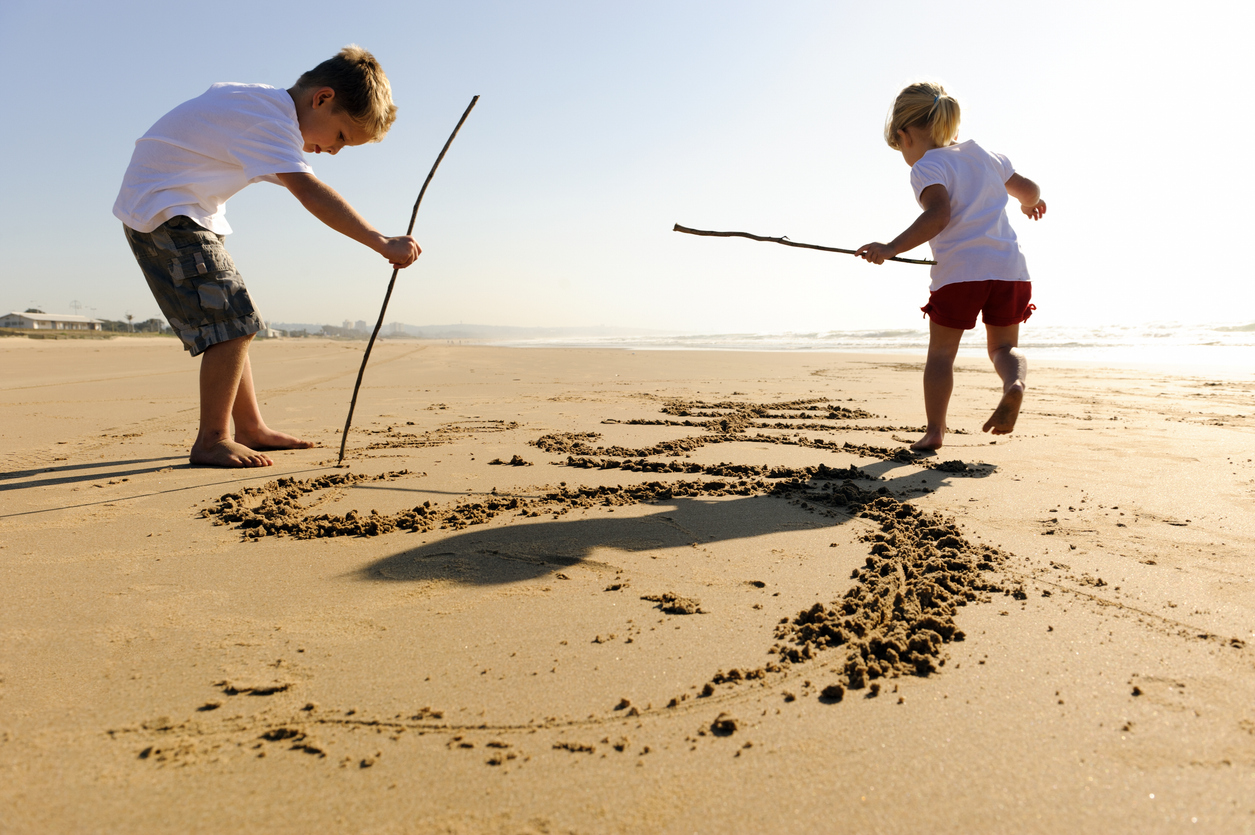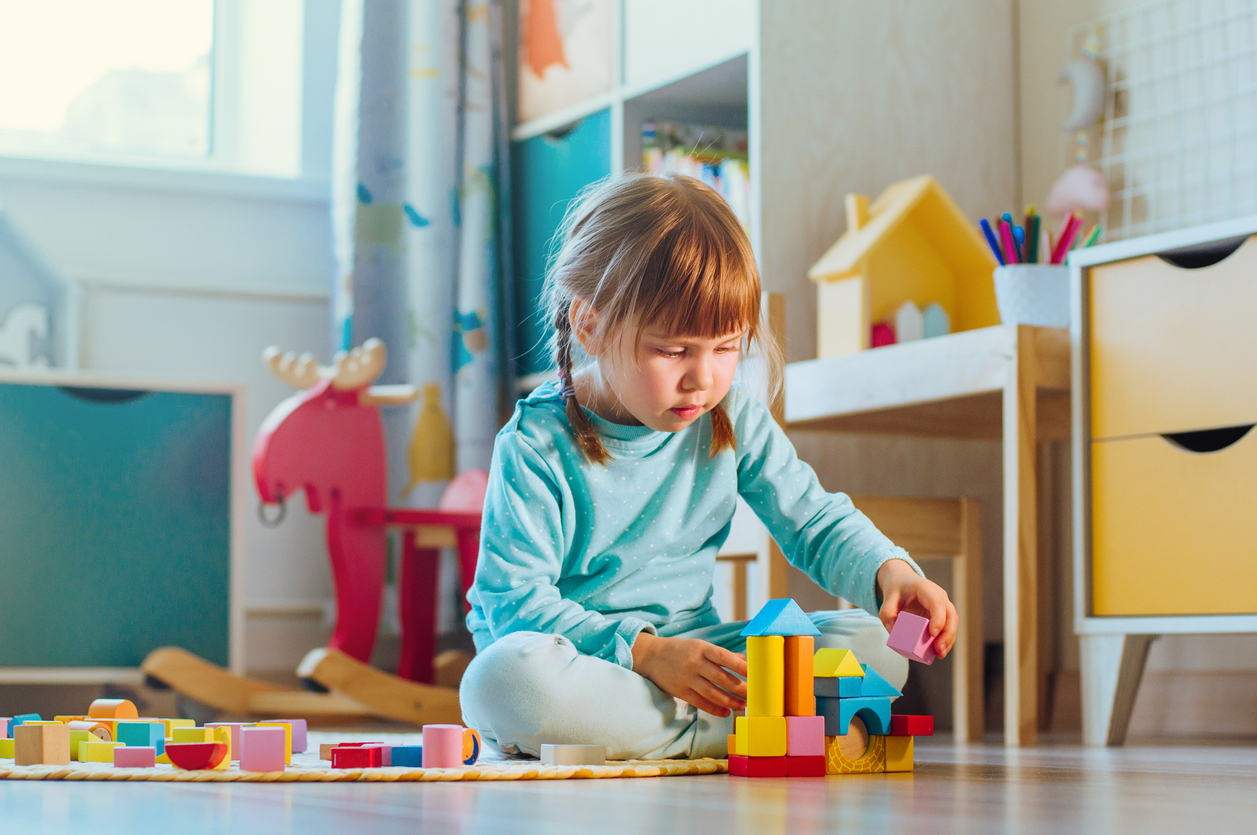Scientific Experiments for Preschoolers: 15+ Easy Activities That Spark Curiosity and Learning
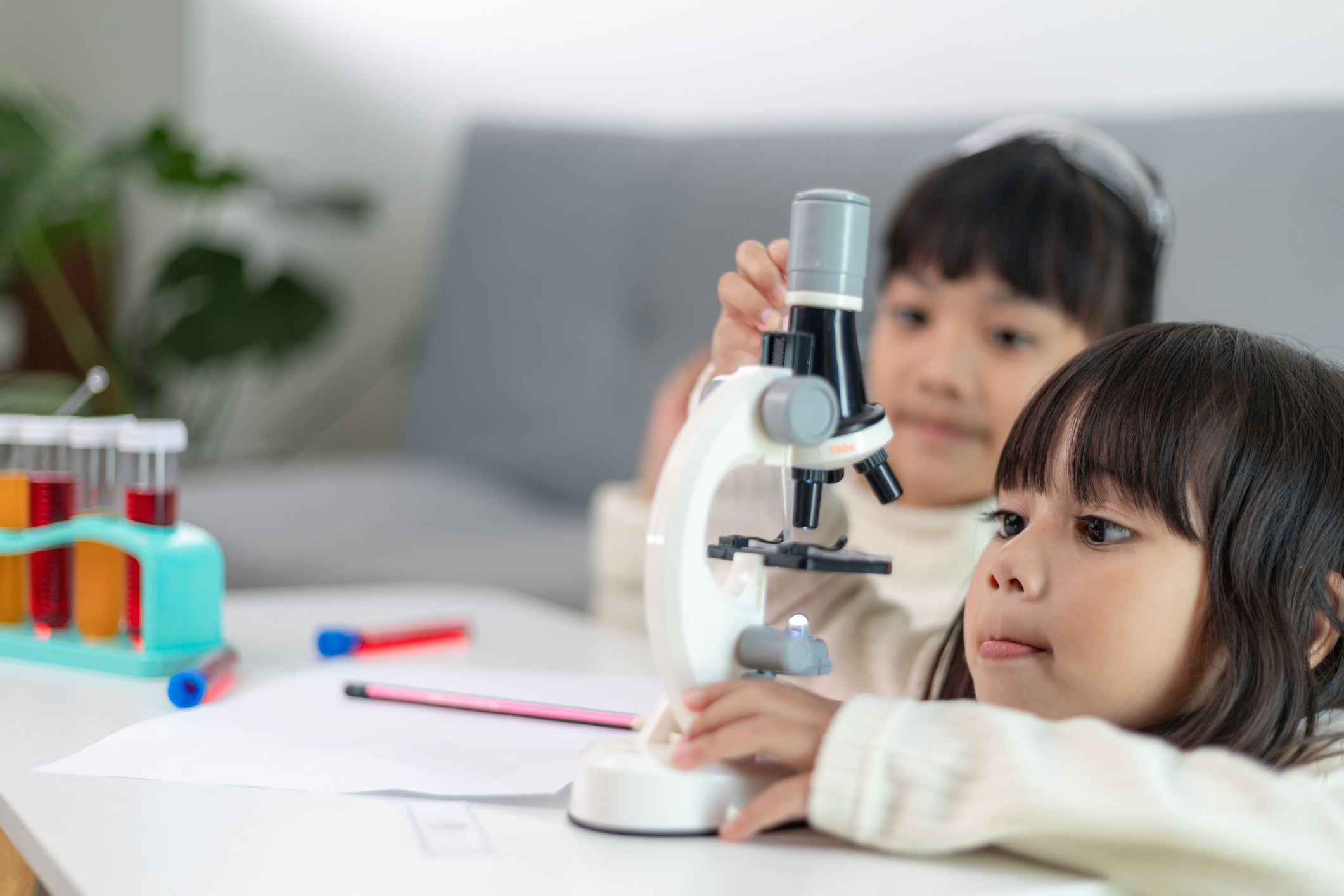
Why Scientific Experiments Are Essential for Preschoolers
Did you know that preschool children’s early math skills are closely linked to their future academic success? Research also shows that early reading and attention skills play an equally important role. Similarly, engaging children in simple scientific experiments not only sparks curiosity and enjoyment but also helps build the foundations for lifelong learning.
While early reading and attention skills are essential, research also highlights that early math skills can be a significant predictor of children’s future academic success.
STEM (Science, Technology, Engineering, and Mathematics) principles assist children in the creation of new modes of thinking that stimulate curiosity and analysis. Early exposure to STEM experiences (infancy to third grade) can nurture curiosity and learning habits that often influence children’s growth and development over time.
The Science Behind Early Science Education
Statistical Evidence Supporting Preschool Science:
-
- The US Bureau of Labor Statistics projects 5% growth in non-STEM occupations between 2018 and 2028, while the number of STEM-related jobs will grow almost 9%, expanding by 10.6 million positions.
- Today Early STEM is as important as exposure to early literacy.
- Latest research indicates that preschoolers are eager and are capable of learning mathematical and science concepts, which is an essential building block for future academic achievements.
What Makes Preschool Science Experiments Effective?
Key Benefits for Young Learners
Cognitive Development: Science activities work towards developing a wide range of skills among preschool children. They provide the foundation for scientific thinking but also enhance child’s problem-solving skills and fine motor skill development.
Language and Communication: Science activities will boost language development and literacy development as children learn to explain what they observed and their experiments.
Scientific Thinking Skills: When the child is experimenting, they begin to observe, predict, and question the world around them. This forms the foundation for analytical skills.
Essential Scientific Skills for Preschoolers
Here’s a brief overview of the science-related skills children start learning, many of which they learn by themselves naturally. Some of the Core Science Process Skills are
-
- Observing: Using all five senses, the child will gather information.
- Predicting: They will make predictions based on observations such as, will this sink or will it splash.
- Experimenting: Testing hypotheses through hands-on activities.
- Communicating: Attempts to describe about the activities like My rock went *plunk* but my rubber ducky didn’t!
- Inferring: Drawing conclusions based on evidence.
Preschoolers will begin by predicting simple ideas, such as what melts or what floats, and progress as they acquire more knowledge.
15+ Easy Scientific Experiments for Preschoolers
Physical Science Experiments
1. Classic Sink or Float Experiment
Materials required: A mix of random household objects (plastic toys, coins, apples, rocks, sponges), large big clear bowl of water, towel for splash cleanup.
How to Do It:
-
- Collect various small and large objects from around the house.
- Fill a large clear bowl with water.
- Ask the children to guess before starting the experiment – which items will sink and which will float (Will apple float or sink?).
- Drop each object into the water.
- Sort the object into floaters and sinkers.
- Discuss why the giant sponge floated but the tiny metal car sunk?
What Children Will Learn: This Classic sink or float activity teaches children the new scientific principles of density and buoyancy through hands-on practice. It encourages them to make predictions, discover that size doesn’t always determine whether something will float and it raises curiosity, and observation skills.
2. Magic Milk Color Explosion
What Materials Needed: Whole milk, food coloring (4 different colors), cotton swabs, liquid dish soap, shallow dish or plate.
How to Do It:
-
- Fill a shallow dish with milk, just enough to cover the bottom.
- Drizzle blobs of different food colour randomly on the milk.
- Dip a cotton swab in liquid dish soap.
- Gently touch the soapy cotton swab to the coloured milk.
- Watch the amazing color explosion and swirling patterns.
- Try touching different areas and observe how the colors continue to move and mix.
What Children Will Learn:
This fun experiment introduces preschoolers to basic chemistry concepts – How soap dissolves the fats in milk, creating the incredible color movement. This teaches preschoolers about chemical reactions and surface tension in a simple manner.3. Baking Soda Volcano
What Materials Needed: Baking soda, white vinegar, food coloring, small plastic or glass bottle, liquid dish soap, clay, measuring spoons, safety goggles.
How to Do It:
-
- Place the bottle in the center and build the volcano shape with clay.
- Add 2 to 3 spoons of baking soda in the bottle. To get extra foam add a few drops of liquid dish soap to it.
- Gently pour vinegar into the bottle and stand back to watch the eruption.
- Observe the fizzing, bubbling, and foaming reaction from the volcano.
- Let children guess what will happen if they add more vinegar or baking soda.
What Children Will Learn: Preschool children can learn about the chemical reactions in a safe, exciting way. Children discover that certain materials can combine to form new properties like gas bubbles and foam.
4. Rainbow Density Tower
What Materials Needed: Honey, light corn syrup, dish soap, water with food coloring, vegetable oil, transparent bottle or glass.
How to Do It:
-
- First, pour the honey into a transparent glass or bottle to make the bottom layer
- Gently pour corn syrup over the honey to make the next layer
- Slowly add colored water over the back of a spoon on top of the corn syrup to create a third layer.
- For the fourth layer, add dish soap slowly to keep the layers separate.
- Finally add vegetable oil on top.
- Watch as each liquid remains separate and forms distinct colorful layers.
What Children Will Learn: Through visual observation, children learn about the properties and density of each liquid. Each liquid has its own density, with heavier liquids sinking below lighter ones. This type of experiment also helps children develop patience and observation skills as they watch each layer form slowly and deliberately.
Life Science Experiments
5. Growing Bean Plants
What Materials Needed: Lima beans, clear plastic containers, paper towels, water, measuring cup, magnifying glass.
How to Do It:
-
- Place wet paper towels in a clear container.
- Put the lima beans so they are visible – between the paper towel and container wall.
- The paper towel should be damp but not soggy.
- Put the lime bean container in the sun where it can receive sunlight.
- Track the changes daily for 1-2 weeks.
- Examine the growth of the roots using magnifying glasses and shoot development changes.
- Use basic rulers or string to measure the growth of the baby plants.
What Children Will Learn: This life science experiment teaches children about plant life cycles, growth, and the basic needs of living things. Children learn how to care for their plants on a daily basis and develop responsibility. They understand the importance of a routine through consistent observation. By tracking the growth over time they also practice measurement skills and data collection skills.
6. Apple Oxidation Prevention
What Materials Needed: Fresh apples, lemon juice, knife (adult use only), small bowls, timer.
How to Do It:
-
- With the help of parents or adults, cut apples into several slices and place them in two different bowls named A and B.
- Leave the A bowl apples untreated.
- Coat the slices in Bowl B with lemon juice.
- Set the timer for 30 minutes, observe the changes.
- Repeat this process every 30 minutes for 2 hours.
- Observe how the color changes between lemon coated and plain apple slices.
- Discuss why a group of apple slices remained fresh.
What Children Will Learn: Preschool Kids are introduced to chemical reactions and the idea of food preservation in daily life through this experiment. Children discover that air around us contains oxygen, which causes the changes to food (oxidation) and that certain substances (lemon Juice) can slow down this process. Children observe patiently as the colors change and learn to compare the treated and untreated groups.
7. Egg in Vinegar Experiment
What Materials Needed: Raw eggs, white vinegar, clear containers.
How to Do It:
-
- Gently put raw eggs in a clear container and completely cover them with vinegar.
- Observe the eggshells’ immediate bubbling reaction.
- After a day, check for changes to the egg shell.
- After 2-3 days, carefully remove eggs from the containers and observe the flexible shell.
- Test the new rubbery feel of the egg by gently squeezing it.
- Compare it with a new egg to notice the difference.
What Children Will Learn: This interesting and fun experiment teaches children about chemical reactions and how acids dissolve certain materials. As the eggshell is dissolved in the acid, Children notice that through osmosis, the egg becomes rubbery and bouncy. They develop patience by watching them over several days and learn how to handle delicate materials gently.
Earth and Space Science Experiments
8. Ice Melting Experiment
What Materials Needed: Few small items (chocolate, ice cubes, crayons, small toys), muffin tin, sunny outside spot.
How to Do It:
-
- Help Children in selecting a mix of different items to put into muffin tin sections.
- Ask students to predict which items will melt faster in the sun.
- Leave the muffin tin with different items outside in direct sunlight for 1-2 hours, then bring it back inside.
- Record results and compare predictions with actual outcomes.
- Discuss why certain items melted while others did not.
What Children Will Learn: This experiment serves as a practical introduction to the concept of states of matter, specifically focusing on how heat energy, such as sunlight, impacts different materials. Students observe firsthand that various materials possess unique melting points and respond differently when exposed to the same temperature. They are encouraged to make predictions based on existing knowledge, promoting critical thinking. Overall, the activity builds a tangible understanding of how solar energy influences a range of objects, which is a foundational concept in both science and everyday problem-solving.
9. Water Cycle in a Bag
What Materials Needed: Clear zip-lock bag, blue food coloring, water, clear tape, sunny window.
How to Do It:
-
- Start by pouring about 1/4 cup of water into the plastic bag.
- Add a few drops of blue food coloring to add a visual effect.
- Seal the bag securely, taking care to remove as much air as possible.
- Using clear tape, attach the bag to a sunny window where it will receive direct sunlight.
- Watch for changes inside the bag all through the day.
- In time, you will notice water evaporating due to the sun’s heat and then condensing as droplets on the inner surface.
- These droplets will collect and drop, similar to rainfall.
What Children Will Learn: This simple demonstration enables students to visualize the water cycle on a small scale. By observing evaporation, condensation, and precipitation within the bag, participants gain a practical understanding of how the energy from the sun drives the water cycle, a process directly tied to global weather patterns and natural water movement, essential in business sectors ranging from agriculture to municipal planning.
10. Crystal Growing Experiment
What Materials Needed: Salt or sugar, hot water (adult supervision advised), string, food coloring, clear containers, magnifying glass.
How to Do It:
-
- With the help of an adult, dissolves salt or sugar in hot water to create a saturated solution.
- Add a few drops of food coloring for a visual enhancement for kids.
- Secure a piece of string around a pencil so that the string will be suspended over the container without touching the bottom.
- Suspend the string in the prepared solution and place the container in a location where it will be kept undisturbed.
- Observe daily changes over 1-2 weeks.
- Use magnifying glass to examine crystal formation and track growth patterns.
- Compare crystals made with salt versus sugar.
What Children Will Learn: This longer experiment introduces Children to the scientific process of crystallization and how dissolved materials can take on solid form. It also encourages the development of patience and observation skills, as participants monitor incremental changes each day. They learn that different substances create different crystal shapes and patterns, introducing basic geology concepts in a practical manner.
Engineering and Physics Experiments
11. Ramp and Rolling Objects
What Materials Needed: Cardboard or wooden board, toy cars, various balls, books for support, measuring tape.
How to Do It:
-
- Using books, setup ramps at different angles.
- Ask children to guess which objects will roll faster or travel farther.
- Roll various objects down ramps, measure the distance and observe results.
- Change ramp angles and use the same objects to compare the outcomes.
- Discuss facts that affect speed and distance.
What Children Will Learn: Introduction to the basic physics principles like gravity, motion and friction is made to children using this experiment. Kids observe how the ramp angle and object shape alter the results, while improving their measuring, analysis and data-based reasoning skills.
12. Magnetic vs. Non-Magnetic Sort
What Materials Needed: Powerful magnet (large enough to be safe), various household objects (coins, keys, paper clips, plastic toys, wooden items).
How to Do It:
-
- Collect a set of different materials and ask students to predict which items will be magnetic.
- Check each item with the magnet and categorize them as magnetic and non-magnetic.
- Examine and identify the patterns which kinds of materials have magnetic properties.
What Children Will Learn: This hands-on experiment demonstrates material sorting and magnetism. Children learn that magnets attract certain metals but not other substances like plastic, wood, or fabric. The activity facilitates evidence-based classification and comprehension of invisible physical forces.
13. Simple Building Challenge
What Materials Needed: Blocks, popsicle sticks, marshmallows, tape, various building materials.
How to Do It:
-
- Assign children the task of building the tallest free-standing tower possible.
- Give them different materials and allow them to decide on their own building plans.
- Once constructed, carefully shake each table to try the towers’ stability and determine which ones were strong enough to withstand minor disturbances.
- Assign a second task – to build a bridge between two points using the materials supplied.
- Explain what makes structures strong and stable, which design failed and succeeded and improve the structure and design accordingly.
- Rebuild and refine designs using what did and what did not work.
What Children Will Learn: This engineering experiment educates children on structural stability, balance, and design concepts. Through trial and error, students learn that wider bases make taller buildings more stable and that various materials possess varying strengths. This iterative process will encourage continuous improvement and creative problem-solving.
Chemistry Experiments
14. Dancing Popcorn Experiment
What Materials Needed: Unpopped popcorn kernels, baking soda, vinegar, clear tall container, measuring spoons.
How to Do It:
-
- Begin by filling a clear transparent tall container with water, then stir in approximately 2 tablespoons of baking soda.
- Add a handful of unpopped popcorn kernels and prepare for the fun part while slowly adding some vinegar.
- Instantly, the kernels begin to “dance” around the container.
- Observe as bubbles of gas cling to the popcorn kernels, lifting them gently toward the surface.
- Add more vinegar to keep the reaction going.
What Children Will Learn: This playful experiment helps kids explore the science behind chemical reactions and buoyancy. They will observe how bubbles of gas are able to change the density of an object and cause it to float. It is an exciting and entertaining way to understand cause and effect, and it transforms common ingredients into a lively science show.
15. Dissolving Substances Test
What Materials Needed: Water, various substances (sugar, salt, flour, sand, oil), clear containers, stirring spoons.
How to Do It:
-
- Start by pouring equal amounts of water into each container. The same quantity of water helps keep your results credible.
- Ask the children to guess which substances will dissolve.
- Next, introduce a different substance into another container and stir thoroughly.
- Wait for 10 min and observe which material dissolves and which does not. Repeat the process for every 10 minutes and record the changes.
What Children Will Learn: The experiment teaches the concept of solutions and helps participants familiarize with different material solubility. In the process, students develop prediction and observation skills, which are important in scientific and applied business settings as well.
How to Make Successful Science Experiments
The Scientific Method for Preschoolers
-
- Ask Questions: Begin with something exciting like: “What do you think will happen if we mix these two things?”
- Make Predictions: Encourage them to guess based on what they already know – such as “Maybe it will change colour”!
- Try it out: Do the experiment together. Let them help with pouring, mixing and observing.
- Observe Results: Discuss about what they see: like “Look its bubbling! Sinking!”.
- Draw Conclusions: Wrap it up by discussing what they observed.
Best Practices for Preschool Science
Follow Their Lead: Children can take up the role of a teacher and lead the way in their own learning. The question that can be asked to the child is, “What do you think will happen?”. It makes them think, come up with new ideas, and make predictions.
Embrace the Mess: Kids won’t be able to keep science experiments clean and neat but that’s the part that makes them great. They allow children to use all their senses and turn learning into a more fun and memorable process.
Use basic Scientific terms: To explain the activity, use age-appropriate simple scientific vocabulary. Familiar words such as experiment, observe, and hypothesis might still be new but with continuous practice they will soon become part of their everyday language. Moreover, telling them, “Just observe this for the next 2 hours!” not only keeps the fun side of learning alive but also simultaneously develops confidence and language skills.
Common Challenges in Teaching Science to Preschoolers
Teaching science to young children is incredibly rewarding, but it comes with its own set of challenges. Here’s how to turn those difficulties into opportunities:
Addressing Short Attention Spans
Quick Experiments: Conduct activities that can be completed in 10 minutes or less. These are perfect for centers, small groups, or whole-group teaching.
Multiple Short Sessions: Teachers can squeeze in mini science sessions (5-10 min) at different times like the beginning of the day, before or after lunch, during indoor recess, or even right before dismissal.
The Long-Term Impact of Early Science Education
Academic Achievement
When science was introduced to children at a young age they were able to develop critical thinking and curiosity from the beginning and you’ll begin noticing the benefits sooner than you expect.
Science teaching plays a major role in positively influencing reading, language skills, and executive function.
Future Career Preparation
Early exposure to STEM may be the reason that a child will become one of the most passionate about science, technology, engineering, or mathematics. Moreover, it keeps the kids engaged and helps them develop the skills that will become very important to them in the future toward careers in high-demand fields.
Critical Life Skills
STEM activities train students in problem-solving, critical thinking, and communication which are skills that prepare children to succeed in roles that are constantly evolving.
Building Tomorrow’s Scientists Today
Scientific experiments for preschoolers are not playtime distractions. They are precious resources for cognitive growth, readiness for school, and early academic development. Curiosity promotes learning, and science experiments are an ideal vehicle for preschoolers to demonstrate and develop their curiosity.
By engaging in over 15 specific experiments, you’re not just filling up the day; you’re making a meaningful investment in skills that will benefit them for years to come. When we say that children are “born scientists,”, we are recognizing their natural ability for wonder, discovery, and learning that will last a lifetime.
Begin small, stay curious, and watch simple experiments transform into a lifelong love for learning and discovery. Tomorrow’s STEM leaders start today in your preschool classroom or at home.

